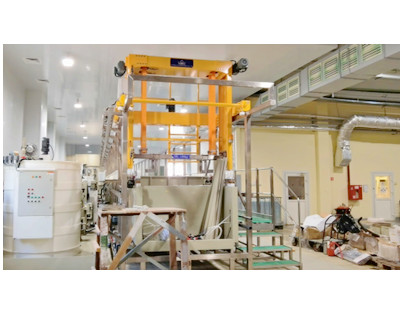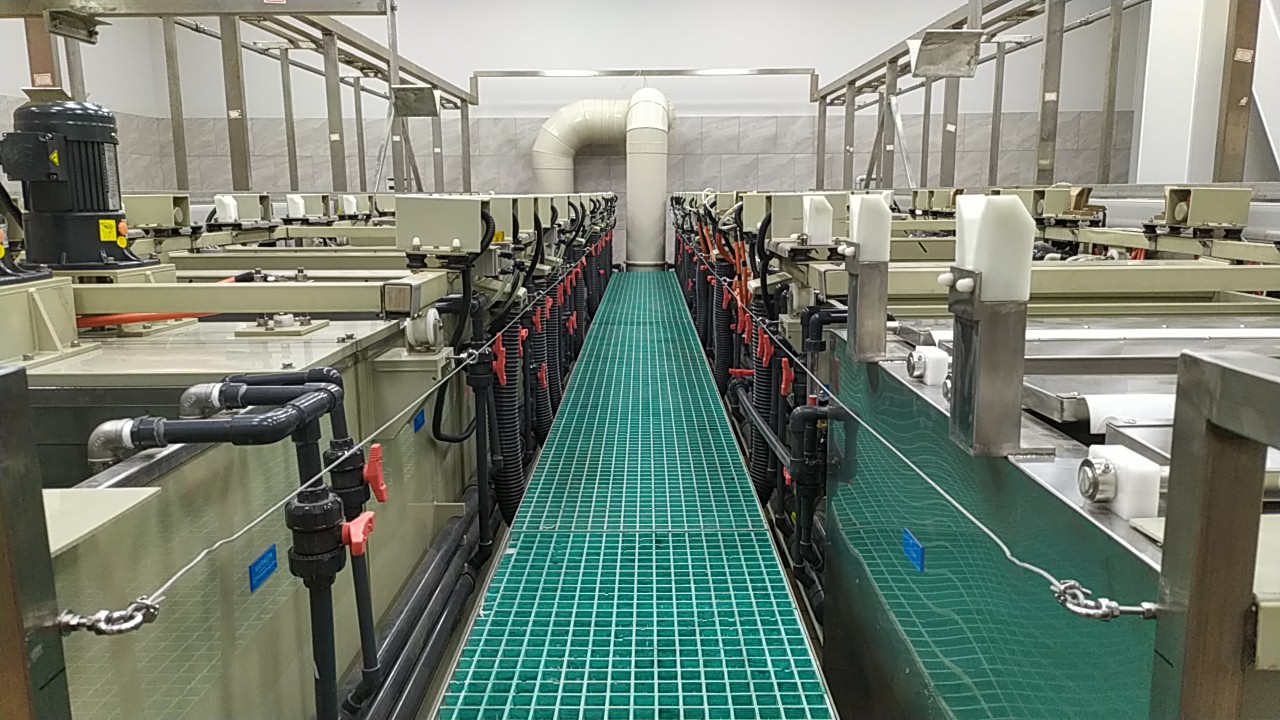In terms of the relative arrangement and different operation modes of the plated parts, anodes, plating solution and plating bath, the most commonly used production equipment for electroplating is the fixed plating bath. However, various alternative methods have also been applied and developed. At present, various equipment are used for parts movement (such as swinging stirring, continuous plating wire and plate, automata, etc.), plating bath movement (such as barrel plating), plating solution movement (spraying, rapid plating, etc.), and anode movement (brush plating, etc.).
In terms of process, the sequence of degreasing, weak corrosion, electroplating, drying and cleaning in between becomes a routine basic operation. But in fact, it is often necessary to supplement, transport and change according to different situations, otherwise it is difficult to adapt to the diversity of products.
Electroplating process types mainly include the following 6 categories:
1.Fix the plating tank
The electroplating solution is put in the fixed plating bath, the plating piece is immersed, and the anode surface is connected with electricity by means of a hanger for conducting and fixing. It should be said that it is the traditional and most widely used method. The advantages of fixed plating bath are less equipment investment, unlimited shape, size and quantity of plating pieces, and easy monitoring and maintenance. The fixed tank can be added with stirring or equipped with continuous filtration. Power supply and current waveform can be selected as required, but it is not easy to use high current density.
2.Barrel plating
It is suitable for processing a large number of small parts. Generally, it is divided into separate barrel plating machine and combined with assembly line and other different forms. The latter is used in many automatic lines when the drum is immersed in the groove with movement. Small parts contact and rub with each other during rolling, and conduct current from the combiner plate or tank. The anode can be placed in the drum or outside the tank. The production efficiency of this scheme is very high. It has a certain polishing effect on parts during rolling, and the thickness difference of plating between parts is small. However, it is difficult to carry out local electroplating and high-speed electroplating in this way.
3.Brush plating
Wrap the anode surface with soft porous materials that can absorb plating solution, such as cotton cloth or other fiber products, apply current and rub on the plated surface, or coat the friction surface area. This method has been used to repair local coating defects. Later, it was changed into a brush capable of storing plating solution, which was used to solve the electroplating of large parts that are not easy to move, such as buildings, and repair worn parts. High plating speed can be obtained by using concentrated plating solution and high current in coordination with rotating machine tool when plating inner and outer round surfaces. This method is simple and flexible, with little investment, and is more suitable for a small number of large components or outdoor buildings. When smaller parts can make them rotate, it is convenient to carry out thick plating at a higher speed, but the quality of the plating is often related to the operating skills.
4.High speed electroplating
In recent years, various high-speed electroplating methods have emerged one after another due to the obvious effect of saving labor cost. Among them, small parts, especially electrical parts, are locally selectively plated with precious metals, which have developed fastest in recent years. High plating speed can be achieved by moving parts and using forced convection or jet to make the plating solution flow at a high speed to carry a strong current up to hundreds of amperes per square decimeter. The assembly line that makes the parts move quickly is supplemented by suitable shielding or only local spraying, which is extremely suitable for local electroplating of a large number of small pieces, and can save a large number of labor for local insulation work. Locally selective plating can save more than 90% of precious metals for plating precious metals, such as electrical connectors.
5.Continuous electroplating
At present, pre coated plates and wires are very popular in many large-scale production, such as construction industry, automobile industry and equipment manufacturing industry. The sheet and wire can be coiled continuously due to their single shape. It is very suitable for the process with high allowable limit current density and not necessarily requiring good dispersion capacity.





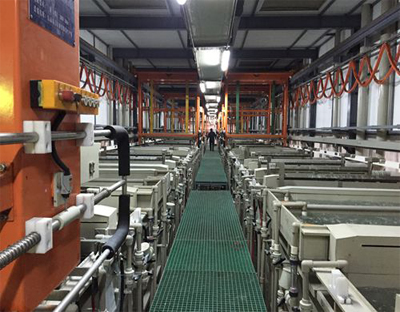
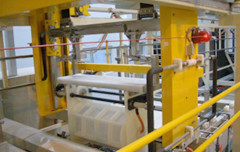
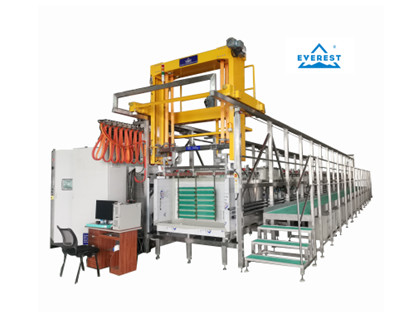
 Mar. 08, 2022
Mar. 08, 2022 